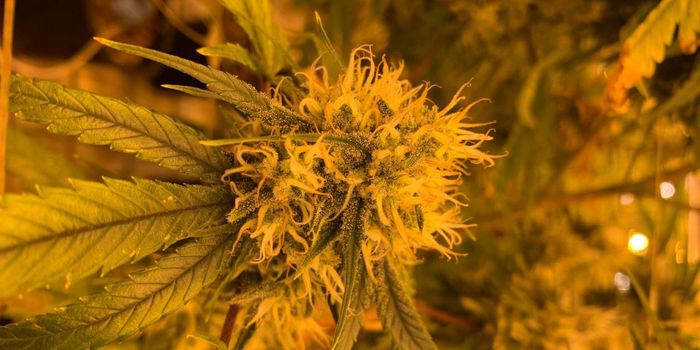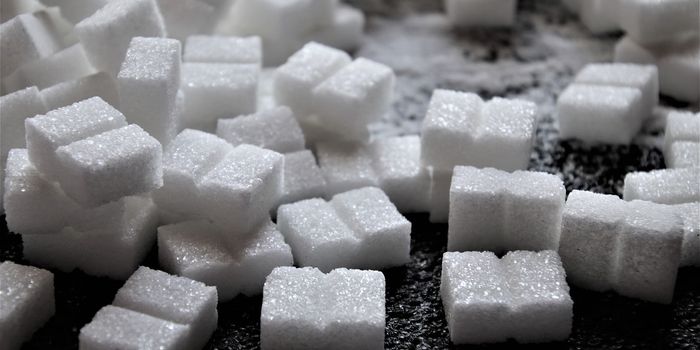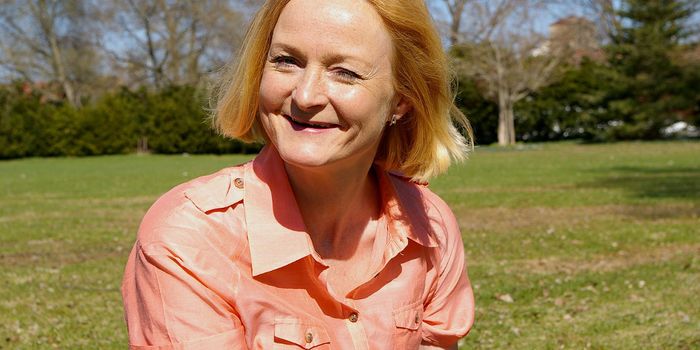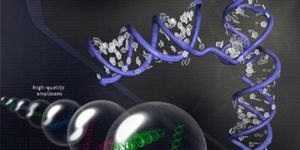Genetically engineered fibers of the protein spidroin, which is the construction material for spider webs, has proven to be a perfect substrate for cultivating heart tissue cells, researchers at the Moscow Institute of Physics and Technology have found.
The cultivation of organs and tissues from a patient's cells is the bleeding edge of medical research - regenerative methods can solve the problem of transplant rejection. However, it's quite a challenge to find a suitable frame, or substrate, to grow cells on.

The material should be nontoxic, elastic, and should not be rejected by the body or impede cell growth.
A group of researchers led by professor Konstantin Agladze, who heads the Laboratory of the Biophysics of Excitable Systems, works on cardiac tissue engineering. They have been cultivating fully functional cardiac tissues, able to contract and conduct excitation waves, from cells called cardiomyocytes.
Previously, the group used synthetic polymeric nanofibers but recently decided to assay another material - electrospunfibers of spidroin, the cobweb protein. Cobweb strands are incredibly light and durable. They're five times stronger than steel, two times more elastic than nylon, and are capable of stretching a third of their length. The structure of spidroin molecules that make up cobweb drag lines is similar to that of the silk protein, fibroin, but is much more durable.
Researchers would normally use artificial spidroin fiber matrices as a substrate to grow implants such as bones, tendons, and cartilages, and also, dressings. Agladze's team decided to find out whether a spidroin substrate derived from genetically modified yeast cells can serve to grow cardiac cells.
"Cardiac tissue cells successfully adhere to the substrate of recombinant spidroin; they grow forming layers and are fully functional, which means they can contract coordinately," Agladze says.
The researchers discuss their findings in a recent article, "Functional Analysis of the Engineered Cardiac Tissue Grown on Recombinant Spidroin Fiber Meshes," in the journal PLOS ONE.
[Source: Moscow Institute of Physics and Technology]










